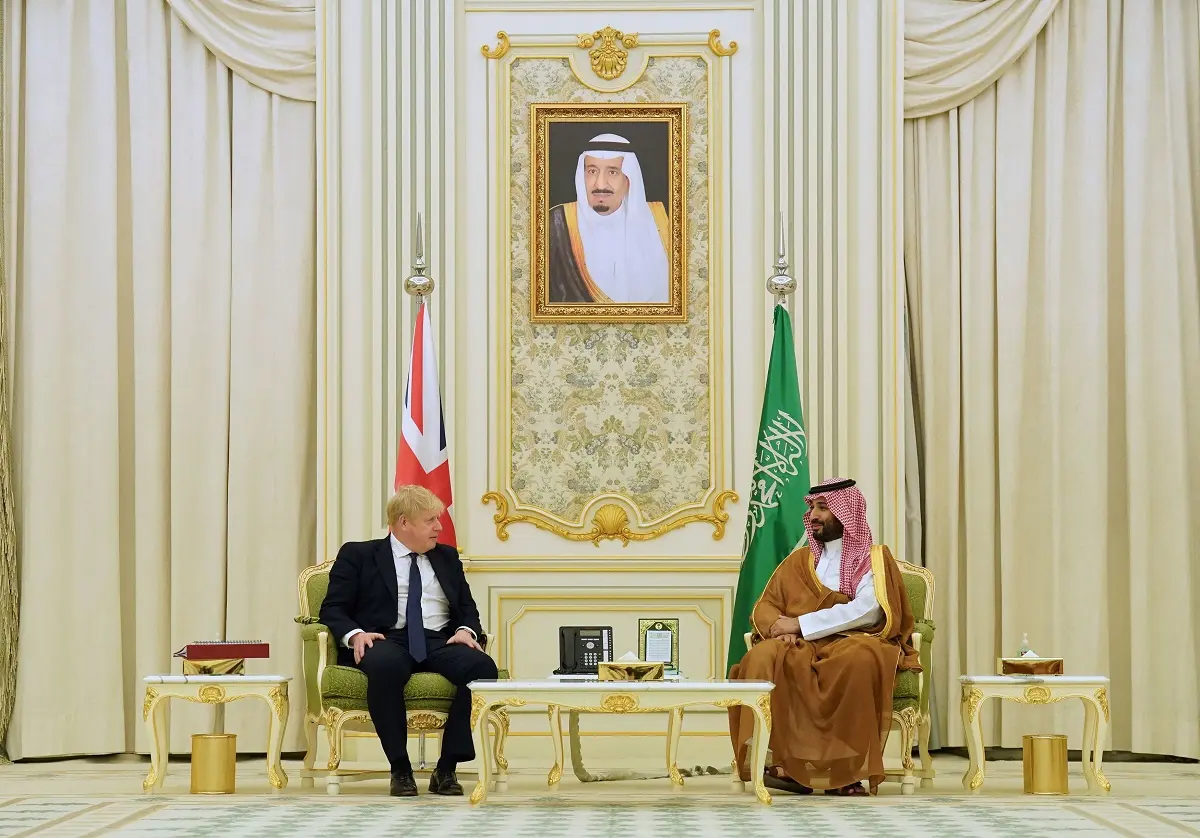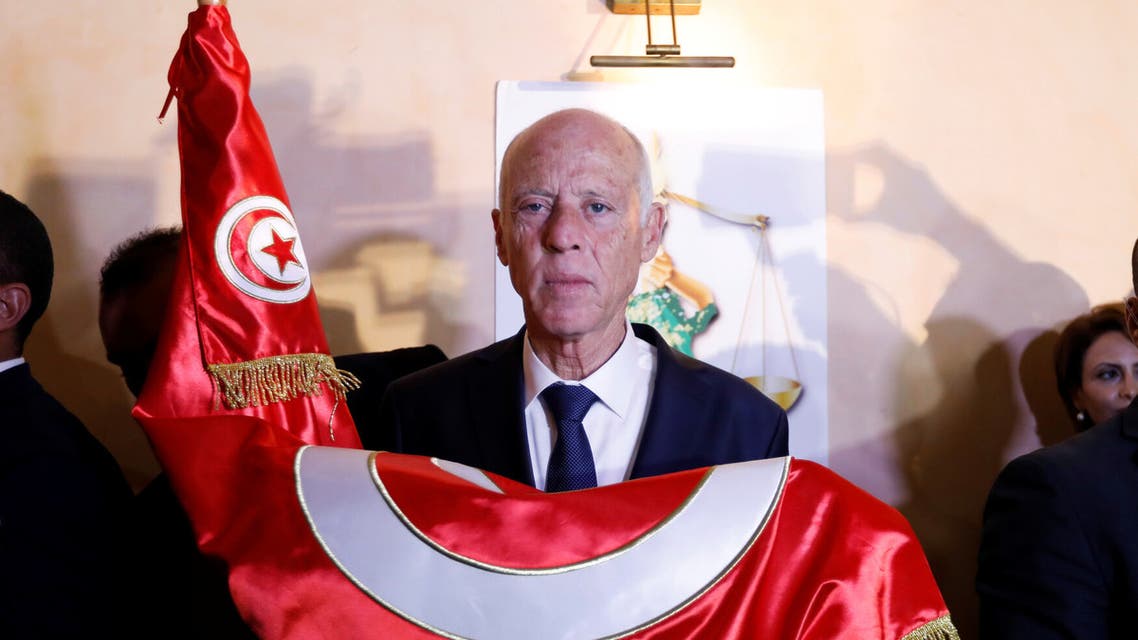
ALJAZEERA PRESS
By Tony Duheaume
Effecting a complete regime change in Iran will be close to impossible right now, as such is the military structure covering the country, with military bases in every province, it cannot be achieved through people power alone.
Ayatollah Ruhollah Khomeini, the founder of the Islamic Republic of Iran, knew only too well that through installing his own form of clerical government, there were certain to be those opposing his theory of divine rule, velayat-e-faqih.
Another fact that Khomeini bore in mind, was how Shah Pahlavi’s regime was so ill-prepared for the revolution that dethroned him, brought about by an ill-trained military, even though on paper it seemed to be the most powerful army in the Middle East, and one of the best equipped.
But once its commanders had allowed the situation to get out of control, with the Shah acting erratically, constantly stepping in to ease various imposed crackdowns, and then tightening them again, such failed tactics eventually allowed millions to take to the streets, and his troops could no longer cope.
But as far as the mass street disturbances besetting Khamenei’s regime, taking into consideration the violent excesses shown in the past by his military, especially within the prison system, where tens of thousands have been slaughtered, they have so far acted with “restraint”, especially when you consider the powerful force that could be unleashed.
ALSO READ: Assault on Iranian military parade: False flag to divert attention?
The Basij militia alone is said to have 90,000 active members, 300,000 reservists, and in the region of 1 million that could be mobilised if needed, and this is just one of five forces within the Revolutionary Guard Corps (IRGC).
On top of this, with serious security flaws having been detected in front-line defences during last December’s unrest, Iran’s Law Enforcement Forces (LEF) have militarized local security forces, as well as boosted coordination between various other armed groups.
With last year’s military budget increased by 400 percent, police forces have been supplied with extra equipment, including helicopters and drones, to meet their needs for any future more serious disturbances.
But as far as numbers of demonstrators are concerned if they have no guidance or leadership, once heavily armed security forces take to the streets, firing into crowds, causing massive death tolls, disturbances tend to melt away, and although they might continue for a while, with no hardcore members to initiate a fight back, and with no weapons at their disposal, protests tend to fizzle out.
Where the Iranian regime is concerned, it has ridden out many such disturbances over the years, often ending with the regime making some form of compromise to placate their enraged citizens, through the use of a hotchpotch of hollow concessions.
In situations where the people are venting their anger against an entrenched administration, over wholesale corruption, and total mismanagement of the economy, where public unrest is pointing towards a full-scale revolution, military coups often work to restore order, and bring stability back to a country on the brink, especially when conducted by a military leader that the people see as a hero, and feel they can trust.
Should a coup take place in Iran, it will be conducted by the hardliners, and by bringing down Rouhani’s government, these conservative politicians will seize the opportunity to destroy the reformist political movement, a group they have always despised.
ALSO READ: Nazi-style stranglehold of the Iranian regime’s censorship and propaganda methods
Any coup would be about preserving the status quo, ordered by the Supreme Leader himself, which is likely to be conducted by the much-revered commander of the IRGC’s Quds Force, Major General Qassem Soleimani, who is not only the most powerful military leader in Iran, but is also a very powerful de facto politician, and a hero in the eyes of a vast number of Iranians due to his military exploits in Syria and Iraq.
As far as Soleimani is concerned, he is a man who would go to any lengths to save that of his own position, and that of Ruhollah Khomeini’s vision of an ongoing revolution, which he is an integral part of, relishing all the glory that it brings him.
Being a very astute operator in both military and political affairs, it was widely reported that Soleimani was the main architect of Russia’s intervention into Syria, to fight alongside Iran and Hezbollah.
This, in no time, had effected a huge turnaround in favour of Assad, and with Soleimani known to have been instrumental in devising the Russian-Iranian-Syrian offensive, which took place in October 2015, Soleimani himself had assumed overall command of the Aleppo offensive.

A handout picture provided by the office of Iranian President Hassan Rouhani shows him (L) shaking hands with Gen. Qassem Suleimani, in Tehran on September 15, 2015. (AFP)
Over recent months, much blame for the mismanagement of the economy has been heaped on Rouhani by hard-line clerics and IRGC officials, in a bid to redirect public anger toward him, and the belief is that these ultra-conservatives have been behind whipping up protests by the merchants in Tehran’s Grand Bazaar, who were crucial in overthrowing the Shah.
With Khamenei in full charge of the armed forces, he has been moving hardliners that are loyal to him into prominent positions, one of them being Hojjat al-Islam Ali Saidi, who was appointed as Khamenei’s representative to the armed forces, a position allowing him to become the eyes and ears of the supreme leader amongst senior personnel, ensuring that whatever distasteful orders might be given, they would obey them blindly.
With the unrest becoming more widespread, Khamenei could call a state of emergency, and with his most loyal military commander Soleimani taking control, he could allow him to remove the standing theocratic administration, and install a military government. But should this happen, the fragility of Khamenei’s health could become a decisive element in what form it takes.
With Soleimani in direct control, should the supreme leader die, the Quds Force leader might decide to take direct control, with a full transfer of power to the IRGC. Even if Khamenei does survive, Soleimani would continue as leader for an unspecified period.
Then as soon as the country settles back into some form of order, behind a false façade of freedom, and a handful of reforms, the usual state of oppression that Soleimani has been part of for decades is certain to continue.
It has to be remembered, Soleimani is viewed by many as the most powerful man in the Middle East, and through direct action by his Quds Force in Syria, he has great influence over the Assad regime, and through his intervention in Iraq.
He has managed to integrate a vast number of pro-Iranian militia members into the ranks of the army, virtually taking control, and with a Shia pro-Iranian group of MPs in control of Iraq, it has now become a virtual state of Iran.
It is also Soleimani who has the major say in Hezbollah’s operations, giving him control of terror attacks that take place outside of Iranian territory, and through the sleeper cells that the Quds Force has setup throughout the globe, he has the ability to strike anywhere, and being the type of man who revels in his Rommel-like status as a military commander, he is highly unlikely to give all of this up without a fight.
As proof of Soleimani’s attitude in favour of a coup, it was during the student revolt of 1979, he sent a blunt letter to the then President Mohammad Khatami, warning him that if he didn’t crush the rebellion, the military would, launching a coup against him.
Being a tough, no nonsense commander, Soleimani would go to any lengths to protect the present Supreme Leader Ali Khamenei’s position, to whom he professes absolute loyalty toward. This in itself shows the extent that Soleimani is likely to go to save the present regime from collapsing.
ANALYSIS: Tehran Summit and the imminent destruction of Idlib
Simply by playing on the reputation he has built up as a military leader, he could as a last resort, when feeling all is lost in stabilising the country through crackdowns, blind side those outside forces seeking regime change, by suddenly deciding to “side” with the people, and by using the influence he has over both the Basij and the IRGC, go for a full-scale military coup. Then after stabilising the country, he could offer the people a new direction, which in reality would be nothing more than a change of dictatorship with limited benefits.
As far as commanders in the IRGC are concerned, they are not just military leaders, they are also wealthy businessmen who rule vast corporate empires, enriching themselves with enormous amounts of cash pilfered from the country’s assets, much of it hidden in foreign bank accounts, which has turned them into multi-millionaires at the detriment of the country’s poor.
With so much to protect, should the likelihood of a full-scale revolution be in the offing, self-protection of their luxurious lifestyle will be the main priority for them, and standing with Soleimani would seem the most favourable choice for them to make.
Should a coup remove the clerical government itself, with the rest of the world’s lack of enthusiasm toward any form of intervention in the Middle East, their leaders are likely to just stand on the side-lines, raising loud voices from the rostrums of the UN, and with no form of military action likely, this would embolden Soleimani even more to carry on along his chosen path.
So, where regime change in Iran is concerned, the government is the least of the world’s worries, as for any change to be effective, it is the IRGC and all of its offshoots that need to be taken care of first.
Al Arabiya English





